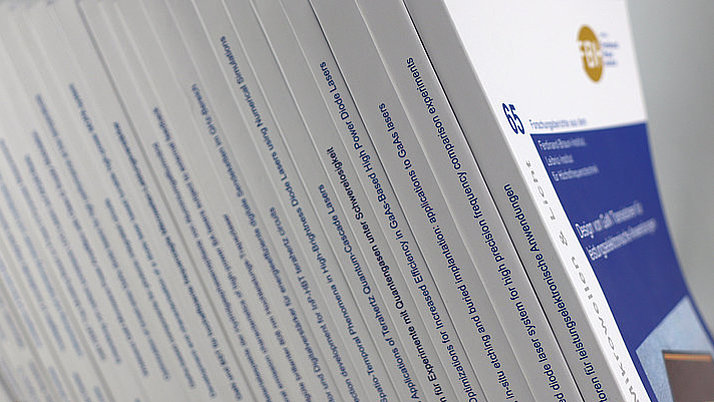Shifted-excitation Raman difference spectroscopy for the detection of SERS-encoded gold nanostar probes
J. Register1,2, M. Maiwald, A. Fales1,2, P. Strobbia1,2, B. Sumpf3, T. Vo-Dinh1,2,4
Published in:
J. Raman Spectrosc., vol. 49, no. 12, pp. 1961-1967 (2018).
Abstract:
In vivo applications of surface-enhanced Raman spectroscopy (SERS) have limited sensitivity due to the intense background signal from real-life complex samples such as plants and tissues. To overcome this issue, this work investigates the combination of shifted-excitation Raman difference spectroscopy (SERDS) with SERS nanoprobes to generate background-free SE-SERDS spectra. The SERDS technique was performed with a dual-wavelength diode laser with two emission lines at 785.40 and 785.02 nm. The SERS nanoprobes used for these studies are SERS-encoded nanostars. The use of the SERDS technique in the detection of SERS nanoprobes was demonstrated by recovering full Raman spectra from a 1 pM concentration of nanoprobes, which only show few peaks in the pure SERS spectra. Background-free SE-SERDS spectra were collected from SERS nanoprobes injected in pig skin ex vivo. Pig skin is considered a good model of human skin and was previously used in testing the performance of our SERS nanoprobes when implanted subcutaneously. In this study, we show the application of SERDS for background removal and signal recovery in spectra of SERS nanoprobes. In addition, the detection of SERS plasmonic nanoprobes implanted into animal skin further illustrates the usefulness of the SE-SERDS technique and how the combination of SERS with SERDS provides a powerful tool for in vivo biosensing.
1 Fitzpatrick Institute for Photonics, Duke University, Durham, NC, USA
2 Department of Biomedical Engineering, Duke University, Durham, NC, USA
3 Ferdinand-Braun-Institut, Leibniz-Institut für Höchstfrequenztechnik, Berlin, Germany
4 Department of Chemistry, Duke University, Durham, NC, USA
Index Terms:
ex vivo, nanoprobes, nanostars, shifted-excitation Raman difference spectroscopy (SERDS), surface-enhanced Raman spectroscopy (SERS).
Copyright © 2018 John Wiley & Sons, Ltd. Personal use of this material is permitted. However, permission to reprint/republish this material for advertising or promotional purposes or for creating new collective works for resale or redistribution to servers or lists, or to reuse any copyrighted component of this work in other works must be obtained from the John Wiley & Sons, Ltd.
Full version in pdf-format.


